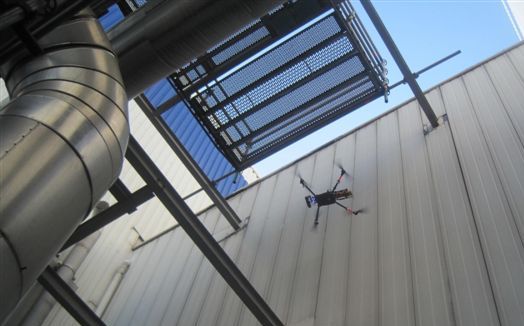
Power plant maintenance requires inspections to be carried in areas that are often difficult to access.
Located in high, confined spaces that are subject to fire hazards, they have the potential to put ENGIE’s personnel in danger. Since its launch two years ago, the Care project had made it possible to ensures optimal service quality while reducing the number of accidents. "The use of drones and robots allows us to perform visual inspections and quantify damage in order to better plan repairs and their cost", said Marc Eyckmans, head of the Care project at the Power Generation Business Unit.
Drones and robots to optimize interventions
Drones are agile but also susceptible to electromagnetic interference and weather conditions, whereas robots are more stable and may be used where using a drone could be dangerous for the neighborhood or in confined areas. The combination of the two helps optimize operations and adapt to the operating constraints of different power plants.
Another advantage of this technique: using drones and robots can greatly reduce the time it takes to prepare maintenance visits, particularly by removing the step of mounting/dismantling scaffolding and therefore reducing costs. Of course, humans do not disappear from the picture. There always has to be an eye to evaluate and analyze the images taken by drones and robots.
Guaranteed results
Having already been applied in Belgium, Germany and the Netherlands within almost 40% of operational power plants, the Care program - and its potential gains in time and cost – has convinced the Group’s customers and is now part of the "palette of products offered with certainty and guaranteed results," says Marc Eyckmans, who is now imagining how to equip the instruments with new measuring devices.
"In the near future we want to use thermal cameras and GPS to quantify cracks, for example. But we also want to use long-distance measurements with the option of transferring data anywhere in the world."
The right balance still needs to be found between load weight and how long the drones can operate without recharging. "Some of our drone piloting providers are able to tinker with their devices using materials they find around, and these are often the ones who get the best results," adds Marc Eyckmans.
Sign up for the ENGIE Innovation Newsletter